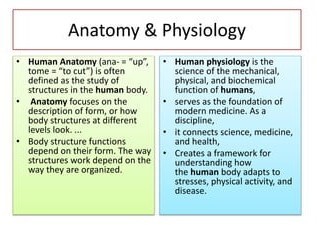The final step in the formation of a blood clot is:
The formation of prothrombin activator.
The conversion of prothrombin to thrombin by prothrombin activator.
The conversion of fibrinogen to fibrin by thrombin.
Tissue damage.
The Correct Answer is C
The conversion of fibrinogen to fibrin by thrombin is the final step in the formation of a blood clot.
Fibrin is a protein that forms a net-like structure that traps platelets and other blood cells, making the clot stronger and more durable.
Choice A is wrong because the formation of a prothrombin activator is the first step in the formation of a blood clot.
A prothrombin activator is a complex of enzymes that converts prothrombin to thrombin.
Choice B is wrong because the conversion of prothrombin to thrombin by the prothrombin activator is the second step in the formation of a blood clot.
Thrombin is an enzyme that converts fibrinogen to fibrin.
Choice D is wrong because tissue damage is not a step in the formation of a blood clot, but a trigger for the clotting process.
When blood vessels are injured, they release substances that activate platelets and clotting factors.
Nursing Test Bank
Naxlex Comprehensive Predictor Exams
Related Questions
Correct Answer is A
Explanation

This is because anatomy and physiology are closely related branches of biology that study the structure and function of living organisms respectively.
Anatomy describes the shape, size, location, and relationships of body parts, while physiology explains how those parts work together to maintain life.
For example, the anatomy of the heart determines how it pumps blood, and the anatomy of the lungs determines how they exchange gases.
Choice B is wrong because our understanding of both anatomy and physiology is constantly changing as new discoveries are made in the field of biology.
Choice C is wrong because body parts take up space regardless of their physiological functions.
Choice D is wrong because physiological functions are not limited to an organism, but can also occur at the cellular, tissue, organ, and system levels.
Correct Answer is D
Explanation
It is measured as part of a blood test and depends on the number and size of red blood cells. It is normally 40.7–50.3% for males and 36.1–44.3% for females.
Red blood cells contain hemoglobin, which transports oxygen and nutrients to the cells and tissues of the body.
Choice A is wrong because the color of plasma is not hematocrit.
Plasma is the liquid part of blood that carries blood cells and other substances.
Choice B is wrong because hematocrit is not a disease.
It is a test that can indicate conditions such as anemia or polycythemia.
Choice C is wrong because hematocrit is not a clotting factor.
Clotting factors are proteins that help the blood to clot and prevent bleeding.
Whether you are a student looking to ace your exams or a practicing nurse seeking to enhance your expertise , our nursing education contents will empower you with the confidence and competence to make a difference in the lives of patients and become a respected leader in the healthcare field.
Visit Naxlex, invest in your future and unlock endless possibilities with our unparalleled nursing education contents today
Report Wrong Answer on the Current Question
Do you disagree with the answer? If yes, what is your expected answer? Explain.
Kindly be descriptive with the issue you are facing.
